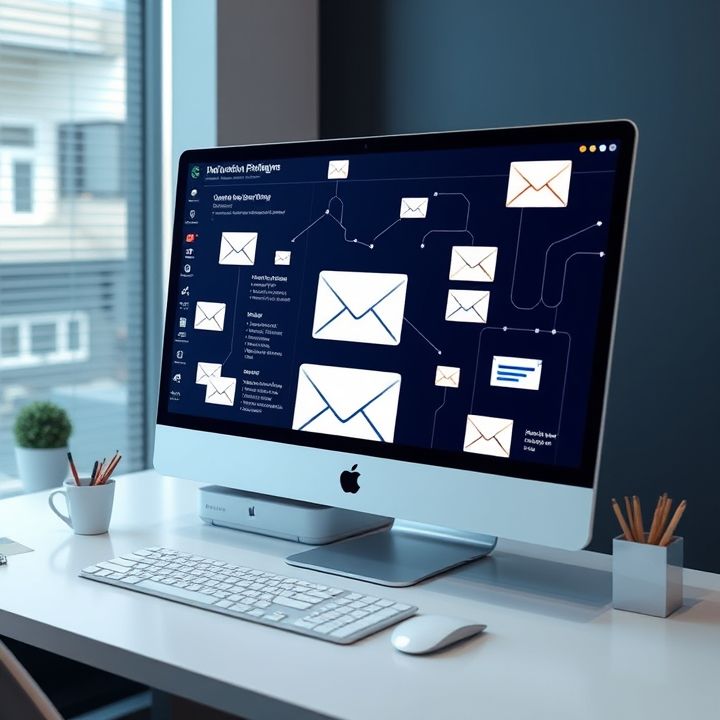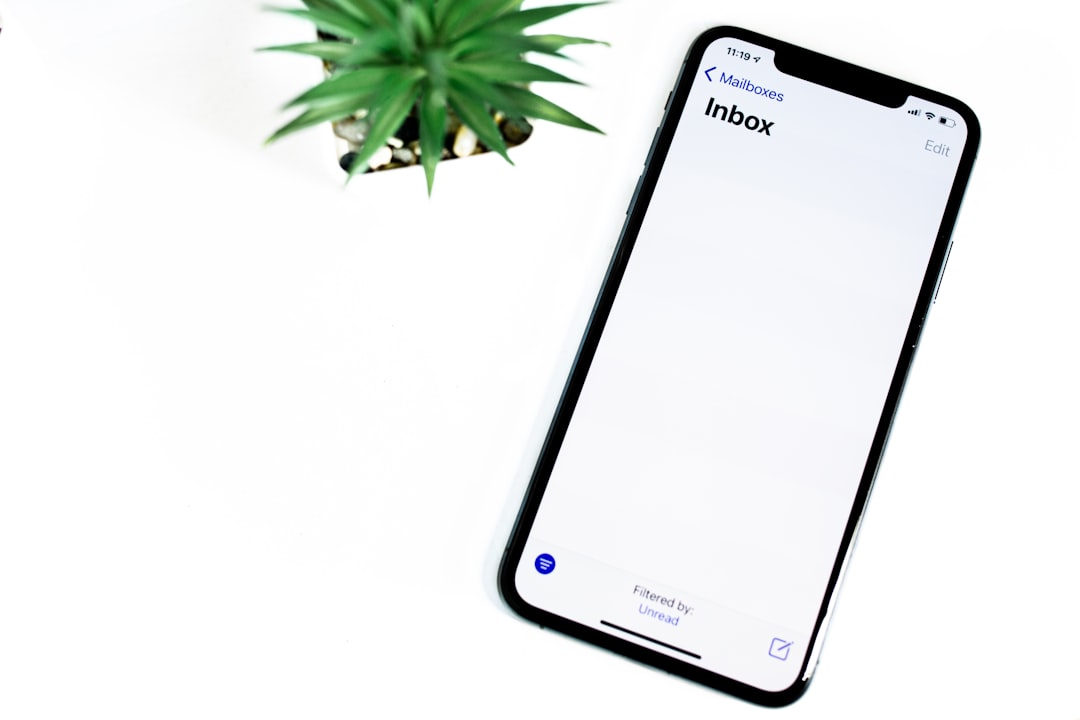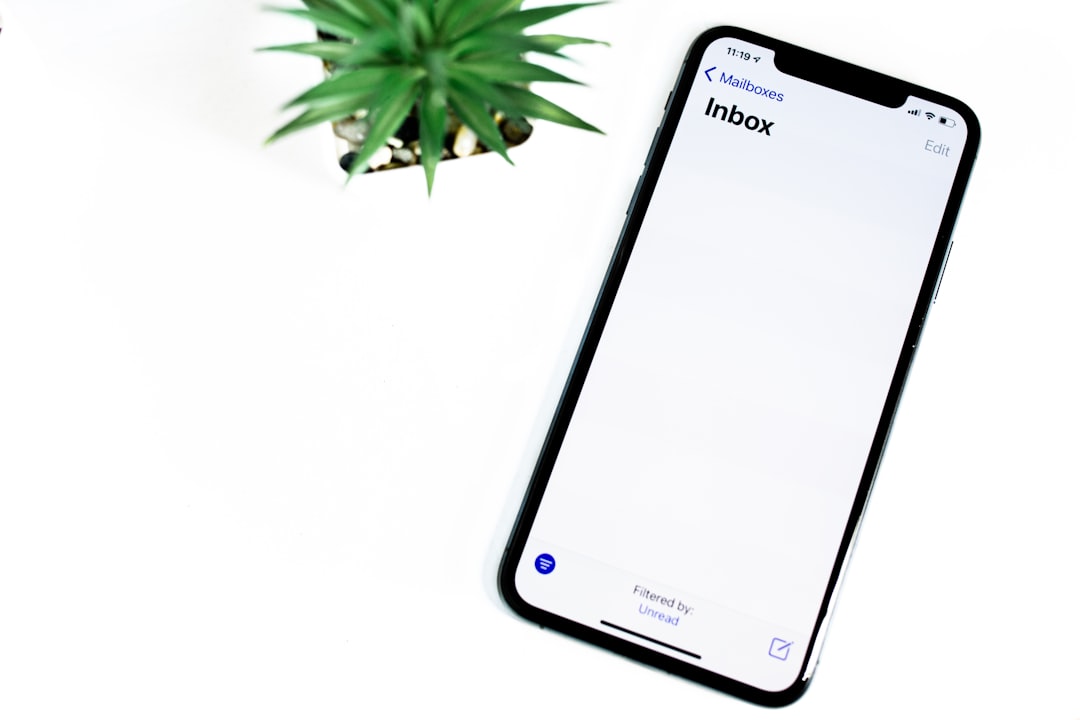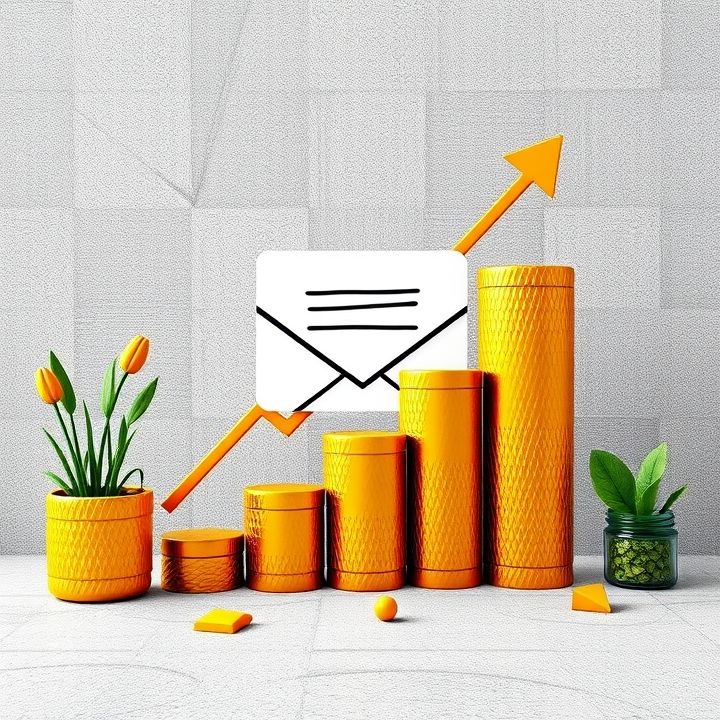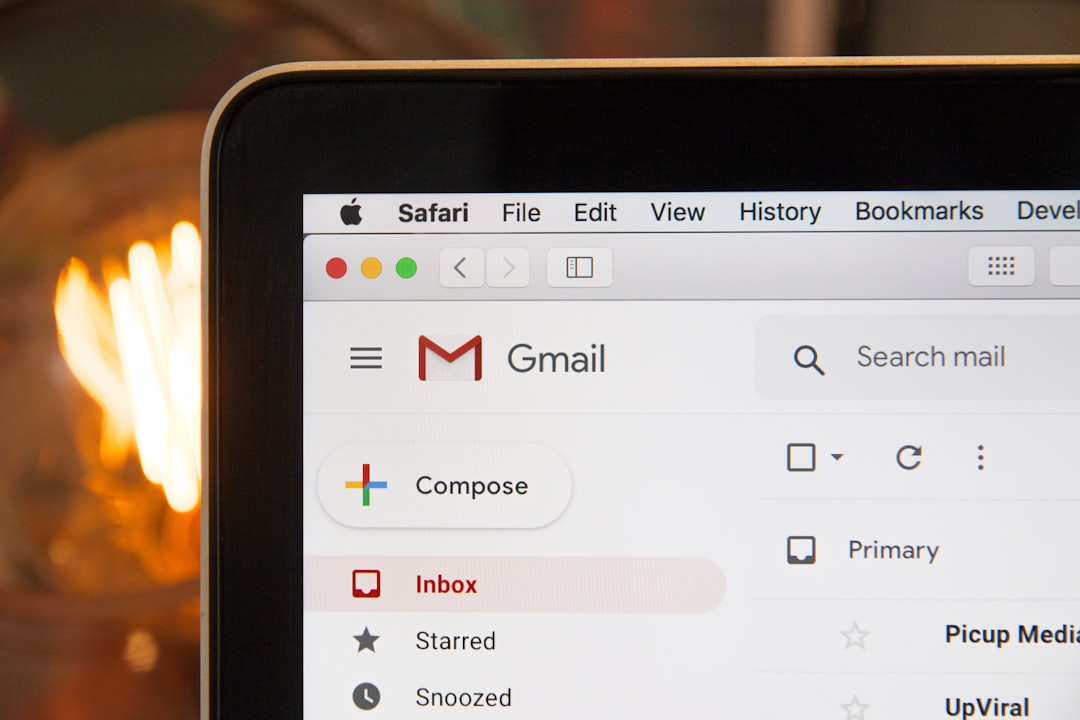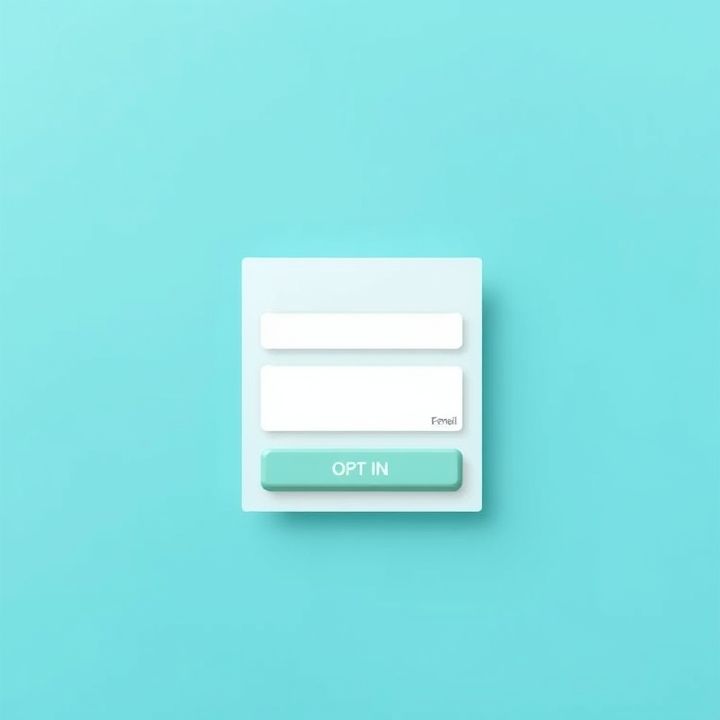Table of Contents
- Introduction
- Understanding Behavioral Triggers in Email Marketing
- Identifying Key Customer Actions Worth Triggering
- Setting Up Automated Email Workflows
- Crafting Personalized Content Based on Behavior
- The Role of Timing in Trigger-Based Emails
- Conclusion
- Frequently Asked Questions
Introduction
In the competitive world of email marketing, standing out in your audience’s inbox is no easy feat. But what if there was a way to hone your skills so expertly that your campaigns not only capture attention but virtually guarantee success? Welcome to the arena of behavioral triggers and automation, where science meets strategy to revolutionize your email marketing efforts.
Imagine being able to predict your subscriber’s needs and interests, and delivering precisely what they seek at the perfect moment. What if I told you this isn’t just a marketer’s dream, but a practicable reality? By mastering the art of behavioral triggers and harnessing the power of automation, you’ll set your email campaigns on a trajectory for unmatchable engagement.
To whet your appetite, consider this: open rates, click-through rates, and overall conversions can skyrocket when you leverage these powerful techniques. Are you ready to dive deeper and discover the secret formula to email marketing success?
| Factor | Impact |
|---|---|
| Behavioral Triggers | High Engagement |
| Automation | Consistent Delivery |
| Personalization | Enhanced Relevance |
Stay with us as we unlock the secrets that could transform your email strategy from ordinary to extraordinary!
Understanding Behavioral Triggers in Email Marketing
In the realm of email marketing, understanding behavioral triggers is crucial for creating timely and relevant communication with your audience. Behavioral triggers are specific actions taken by subscribers that signal their interest or readiness to engage with your brand. These actions might include clicking a link, downloading an ebook, making a purchase, or abandoning a cart. By recognizing these behaviors, marketers can implement automation to send tailored emails that nurture and guide the customer journey.
The use of automation allows marketers to set predefined conditions that, when met, automatically send emails to the subscriber. This ensures that the content is not only timely but also relevant to the subscriber’s current stage in the buying process. For example, if a customer adds an item to their shopping cart but does not complete the purchase, an automated email can be triggered to remind them or offer an incentive.
Behavioral triggers help enhance the customer experience by providing value at the right time and can significantly improve engagement and conversion rates. By leveraging data on customer interactions, brands can create a more personalized communication strategy that resonates with their audience.
Identifying Key Customer Actions Worth Triggering
Identifying key customer actions that are worth triggering is a crucial step in crafting effective email marketing strategies. These actions indicate significant moments in the customer journey where timely communication can not only engage but also facilitate conversions. Key actions include when a customer signs up for a newsletter, adds products to their cart without completing a purchase, or reaches a milestone like a birthday or anniversary with the brand. Similarly, subscribing or unsubscribing from a service, downloading a resource, or attending a webinar can serve as actionable touchpoints.
Each of these actions provides an opportunity to send targeted, automated emails. For instance, an abandoned cart email can remind the shopper of items left behind, while a milestone email can celebrate customer loyalty. Monitoring website behavior, purchase history, and customer interactions can unveil these trigger points. This approach not only ensures relevance but also enhances user experience by delivering personalized content at the right moment. Businesses should continually analyze these actions to refine their strategies, ensuring each communication has purposeful intent aligned with customer needs and business goals.
Setting Up Automated Email Workflows
Setting up automated email workflows involves creating a series of predefined actions that are triggered by specific behaviors or events. The first step is to clearly define your objectives. Decide what you want to achieve with your email campaigns, whether it’s driving sales, nurturing leads, or increasing engagement.
Next, identify the behavioral triggers that will initiate the workflow. These could include actions such as a user signing up for a newsletter, making a purchase, or abandoning a cart. Once the triggers are determined, segment your audience to ensure that the emails are tailored to meet their specific needs and interests.
Select a robust email marketing platform that supports automation. Most platforms offer a user-friendly interface where you can design email sequences without extensive technical knowledge. Here, you can set conditions and actions for each step in the workflow, such as sending a welcome email immediately after a sign-up or a reminder a few days later if no action is taken.
Make sure to test your workflows regularly to optimize performance. A/B testing different elements like subject lines and call-to-action buttons can provide insights into what resonates best with your audience.
Crafting Personalized Content Based on Behavior
Crafting personalized content based on behavior involves understanding and analyzing how users interact with your platform or website. This approach allows businesses to tailor communication that resonates with each individual’s preferences and actions. By leveraging data analytics and behavioral triggers, it becomes easier to identify patterns and predict future behavior, enabling marketers to send timely and relevant emails. For instance, if a customer frequently visits a product page without making a purchase, an automated email reminding them of the product with additional incentives such as discounts or limited-time offers can be highly effective.
Behavioral triggers are the backbone of this strategy, set in motion by specific actions or events. These can range from browsing history and past purchases to email opens and clicks. By integrating automation tools with customer relationship management (CRM) systems, businesses can streamline the process of delivering personalized content. This not only improves customer engagement but also enhances overall user experience.
Furthermore, segmentation plays a crucial role in crafting personalized content. By categorizing customers based on their behaviors, interests, and demographics, businesses can ensure that the content delivered is highly relevant. As a result, personalized marketing campaigns are more likely to lead to higher conversion rates and customer loyalty.
The Role of Timing in Trigger-Based Emails
In the realm of email marketing, timing plays a crucial role in the effectiveness of trigger-based emails. These emails are initiated by specific actions or behavioral cues from the recipient, such as signing up for a newsletter, abandoning a shopping cart, or making a purchase. The immediacy of trigger-based emails is designed to capitalize on customer interest or motivation at its peak. By reaching customers at the right moment, businesses can significantly improve engagement levels and conversion rates.
Tactical timing ensures that the message arrives when the recipient is most likely to be responsive, making the communication relevant and personalized. For instance, an abandoned cart email sent too late might result in the customer losing interest. Conversely, sending a welcome email immediately after subscription keeps the engagement momentum going. Businesses can use automation tools to ensure that emails are not only triggered by specific actions but are also sent at the precise moment when they are most effective. Thus, mastering the timing of trigger-based emails can transform customer interaction from mere communication to a strategic engagement tool that nurtures relationships and enhances brand loyalty.
Conclusion
In mastering behavioral triggers and automation, businesses unlock the potential for unparalleled email marketing success. By understanding and leveraging key customer actions, marketers can strategically personalize communication, transforming simple interactions into meaningful engagements. Automation empowers businesses to streamline workflows, ensuring emails are timely and relevant, while segmentation further refines the targeting of specific audience groups. The immediacy and accuracy of trigger-based emails bolster engagement and conversion rates, driving both short-term and long-term gains. This strategic approach not only enhances customer experiences but also nurtures loyalty, ultimately leading to sustained business growth. With the right tools and a clear focus on behavioral insights, marketers are well-equipped to design automated strategies that resonate profoundly, turning behavioral data into a powerful tool for unstoppable email success.

